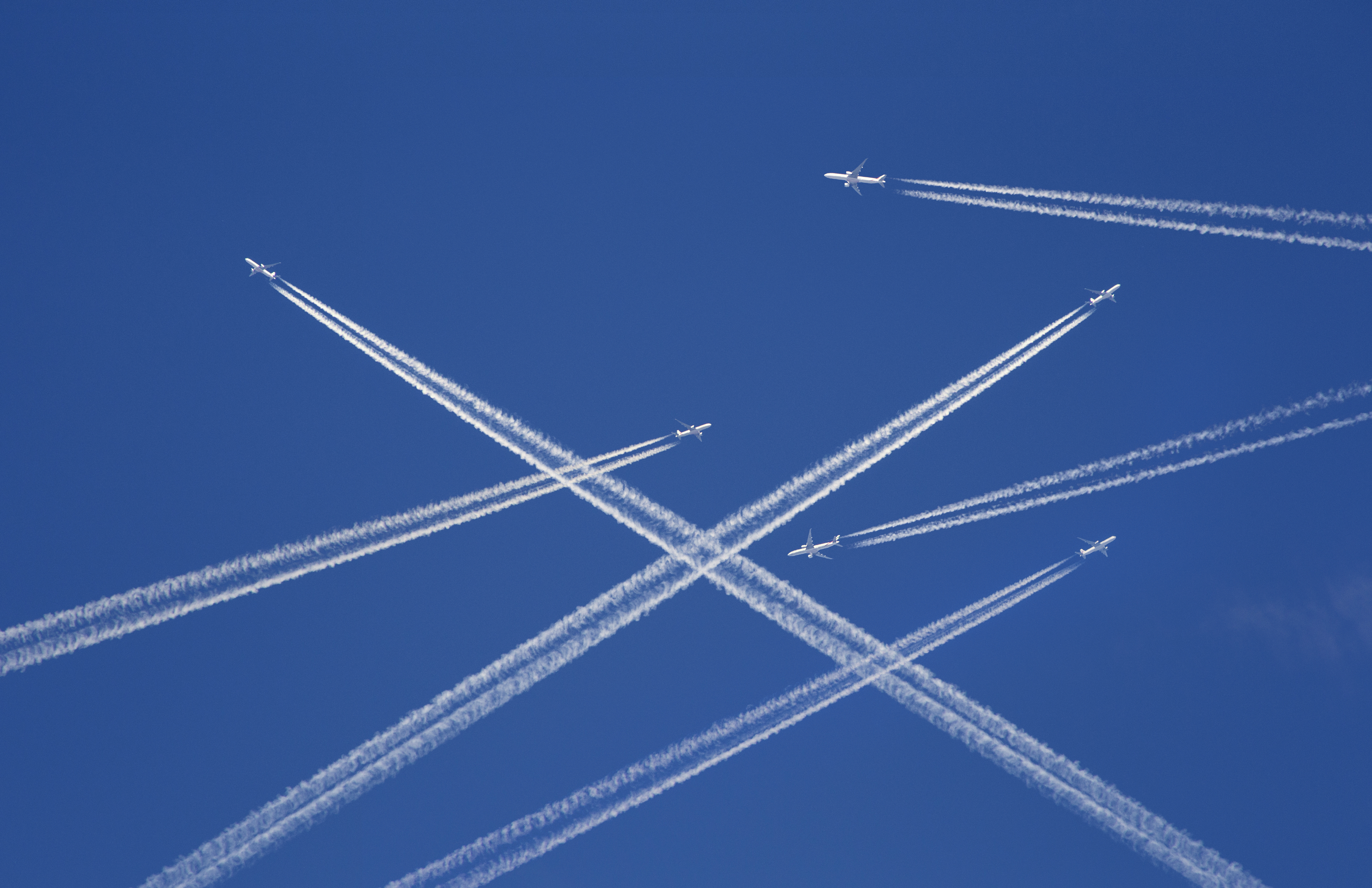Advertiser Disclosure: Eye of the Flyer, a division of Chatterbox Entertainment, Inc., is part of an affiliate sales network and and may earn compensation when a customer clicks on a link, when an application is approved, or when an account is opened. This relationship may impact how and where links appear on this site. This site does not include all financial companies or all available financial offers. Opinions, reviews, analyses & recommendations are the author’s alone, and have not been reviewed, endorsed, or approved by any of these entities. Some links on this page are affiliate or referral links. We may receive a commission or referral bonus for purchases or successful applications made during shopping sessions or signups initiated from clicking those links.
Some flights to and from Hawaii are forced to take somewhat unconventional routes this week. Here’s why.
“Special Use Airspace”
The airspace over the United States and outer waters isn’t open for all to fly through. Instead, certain portions of it are closed to civilian and commercial aircraft. For example, airlines can’t fly over Area 51 in the Nevada desert or around military missile testing zones in White Sands, New Mexico.
This airspace is designated as Special Use Airspace (SUA) by the Federal Aviation Administration (FAA). I wrote an entire article about what Special Use Airspace is on my blog. But in short, these reserved pieces of airspace can be used for special military purposes both on the ground and in the air where it is deemed too dangerous to fly through. Not all SUA is for missiles and fighter jets, though. For example, they can also be used to protect the airspace around the President of the United States or even Walt Disney World (yes, even The Mouse has protected airspace!).
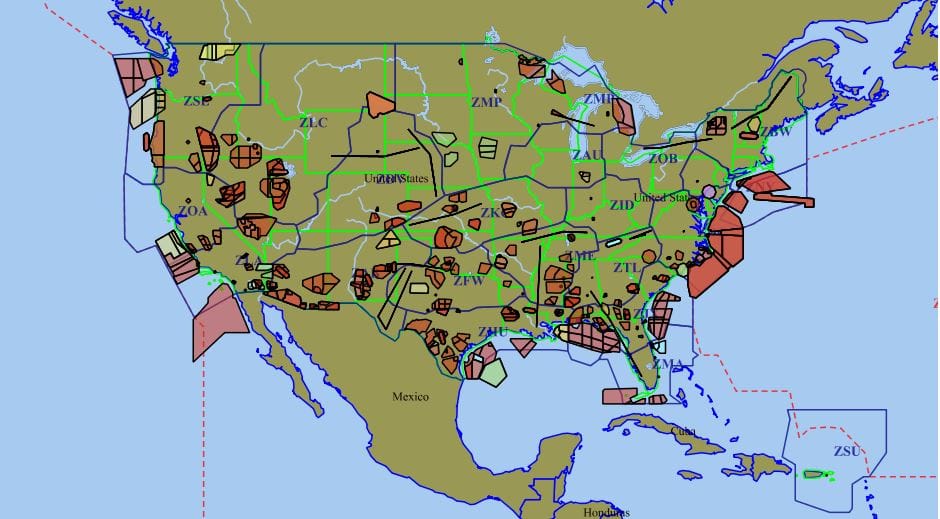
Except for some static Special Use Airspace, most of it is activated and deactivated by a Notice to Air Missions (NOTAM). This means commercial flights can fly through the airspace when it’s not in use. Sometimes, this can be the most economical way to fly to your destination.
But one example of Special Use Airspace One we see popping up rather often is rocket launches from Vandenberg Space Force Base.
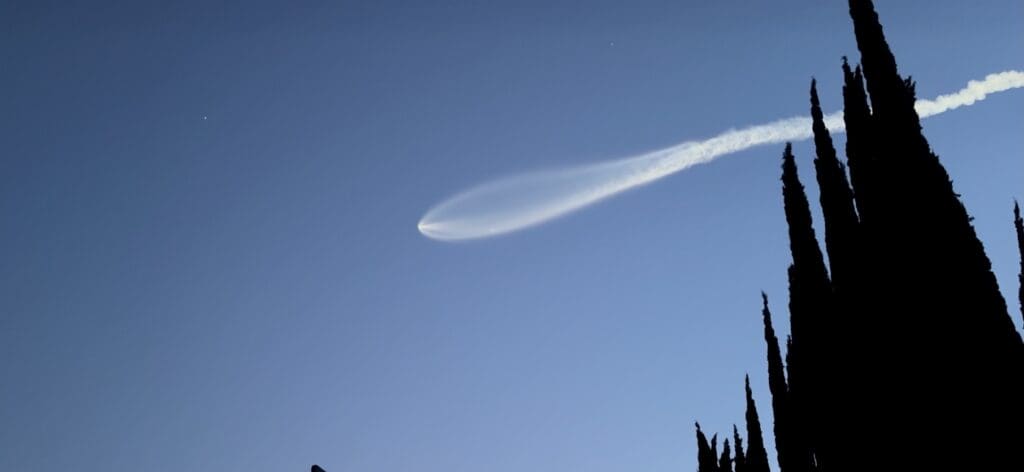
Not only is the airspace around the Space Force Base protected, but during rocket launches, a splashdown zone is also protected for when certain components (such as the rocket boosters return) to Earth. When this happens, the airspace just west of Los Angeles is protected and can cause some major hiccups for commercial flights flying to and from Hawaii.
But this week presents a couple of interesting events.
Early yesterday morning, Vandenberg launched an unarmed Minuteman III missile to show off military readiness. Another takes place late tonight/early tomorrow morning. (The launch dates and windows are announced in advance. Unlike rocket launches, the exact times aren’t disclosed. “The launches were scheduled well in advance and have nothing to do with world events,” the military said.) These missiles are shot up and some boosters come splashing down just off the coast of Los Angeles. When this happens, it may be dangerous for commercial flights to be flying in the splash-down area. Below, the box outlined in magenta is the approximate splashdown zone
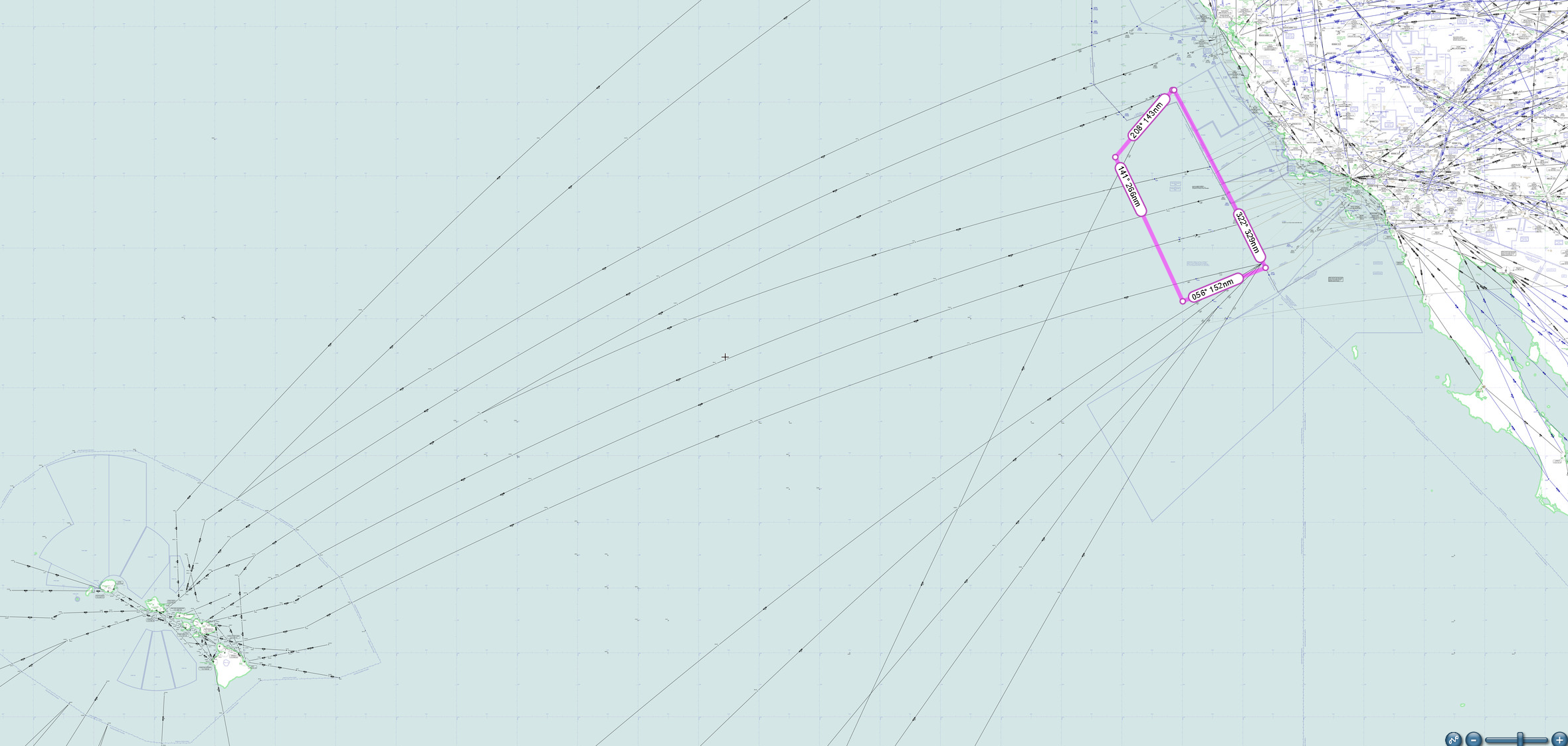
The FAA will issue a NOTAM to pilots to avoid this area, and this will force all the flights flying from LAX to Hawaii to fly up to San Francisco before being allowed to cross the water.
Because of the numerous military bases in Southern California, most of the airspace off the coast is protected from commercial flights due to constant military training, so it’s not even possible to take a shortcut.
Let’s take a look at one such flight that had to deviate around this protected airspace during a recent launch. Hawaiian Airlines flight 3, from LAX to Honolulu, had to fly up the coast of California. Near San Francisco, it took a westbound turn to cross the water. This elongated route was due to all the surrounding military-only airspace.
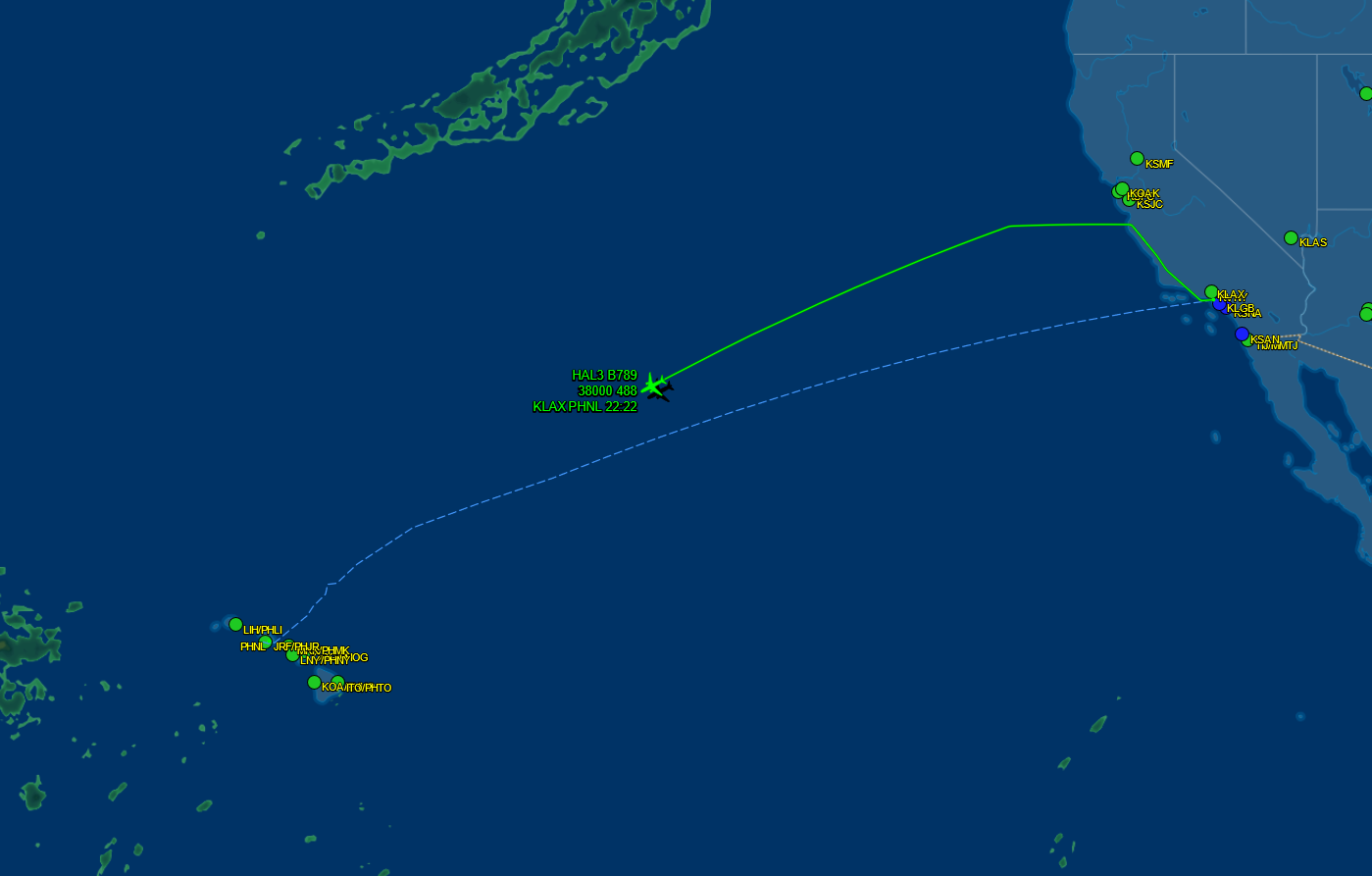
When space launches happen, dozens of flights are inconvenienced into flying this long detour that adds about 20 to 30 minutes of flight time — and thousands of pounds of extra fuel being carried.
Things like this happen all the time. While sometimes the most direct route might look possible, there might be Special Use Airspace in the way. This just happens to be the most extreme example of a reroute for commercial flights due to the large amount of space blocked off for use by the military.
Advertiser Disclosure: Eye of the Flyer, a division of Chatterbox Entertainment, Inc., is part of an affiliate sales network and and may earn compensation when a customer clicks on a link, when an application is approved, or when an account is opened. This relationship may impact how and where links appear on this site. This site does not include all financial companies or all available financial offers. Opinions, reviews, analyses & recommendations are the author’s alone, and have not been reviewed, endorsed, or approved by any of these entities. Some links on this page are affiliate or referral links. We may receive a commission or referral bonus for purchases or successful applications made during shopping sessions or signups initiated from clicking those links.


